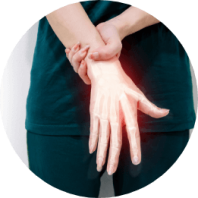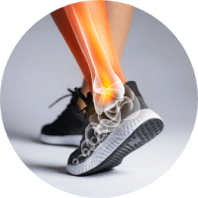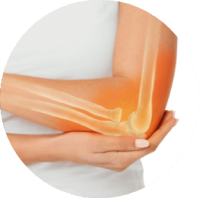Sports Injury
Being active in sports and physical activities is a good way to stay fit, relieve stress, and foster a sense of camaraderie. However, with the thrill of sports comes the risk of injuries, ranging from minor muscle pulls to more severe conditions.
Understanding the dynamics of sports injuries and implementing effective management strategies are essential for athletes and enthusiasts alike.
What is a sports injury?
Sports injuries can happen to anyone engaging in physical activities. They may result from sudden trauma, overuse, or improper technique. Below are some common types of sports injury.
Sprains
Injuries to ligaments caused by stretching or tearing, usually in ankles, wrists, and knees.
Fractures
Broken bones, which can range from hairline cracks to complete breaks.
Dislocations
Bones that are forced out of their normal positions, often seen in shoulders, fingers, or knees.
Strains
Overstretching or tearing of muscles or tendons, often in the hamstring or groin.
Tennis Elbow/Golfer's Elbow
Overuse injuries affecting the tendons in the elbow.
Concussions
Brain injuries caused by a blow to the head, common in contact sports like football.
Shin Splints
Pain along the shinbone due to overuse, often seen in runners.
Rotator Cuff Injuries
Damage to the muscles and tendons in the shoulder, common in sports involving overhead motions like baseball or swimming.
ACL Tears
Injuries to the anterior cruciate ligament in the knee, often caused by sudden stops or changes in direction.
Meniscus Tears
Torn cartilage in the knee, often due to twisting while bearing weight. While the list above may guide you, it’s important to speak to a sports injury specialist to know exactly what condition you have. This is because every injury is unique and requires a different approach to treatment and rehabilitation.
What is a sports injury?
Sports injuries can happen to anyone engaging in physical activities. They may result from sudden trauma, overuse, or improper technique. Below are some common types of sports injury.
Sprains
Injuries to ligaments caused by stretching or tearing, usually in ankles, wrists, and knees.
Fractures
Broken bones, which can range from hairline cracks to complete breaks.
Dislocations
Bones that are forced out of their normal positions, often seen in shoulders, fingers, or knees.
Strains
Overstretching or tearing of muscles or tendons, often in the hamstring or groin.
Tennis Elbow/Golfer's Elbow
Overuse injuries affecting the tendons in the elbow.
Concussions
Brain injuries caused by a blow to the head, common in contact sports like football.
Shin Splints
Pain along the shinbone due to overuse, often seen in runners.
Rotator Cuff Injuries
Damage to the muscles and tendons in the shoulder, common in sports involving overhead motions like baseball or swimming.
ACL Tears
Injuries to the anterior cruciate ligament in the knee, often caused by sudden stops or changes in direction.
Meniscus Tears
Torn cartilage in the knee, often due to twisting while bearing weight. While the list above may guide you, it’s important to speak to a sports injury specialist to know exactly what condition you have. This is because every injury is unique and requires a different approach to treatment and rehabilitation.
Sports injury management treatment
Effective management of sports injuries can help you with recovery but it is not a replacement for treatment by a doctor. Sports injury management may include rest, ice, compression, elevation (RICE), rehabilitation, medications, or, in severe cases, surgery.
Rest, Ice, Compression, Elevation (RICE)
- Rest: Giving the injured area time to heal is crucial. Resting may mean a temporary break from the activity that caused the injury or using support devices like crutches.
- Ice: Icing the affected area helps reduce inflammation and alleviate pain. It’s a simple yet effective method to manage swelling.
- Compression: Compression bandages or wraps can help control swelling and support the injured area, minimising further damage.
- Elevation: Elevating the injured limb or area can ease swelling by allowing fluids to drain away from the injury site.
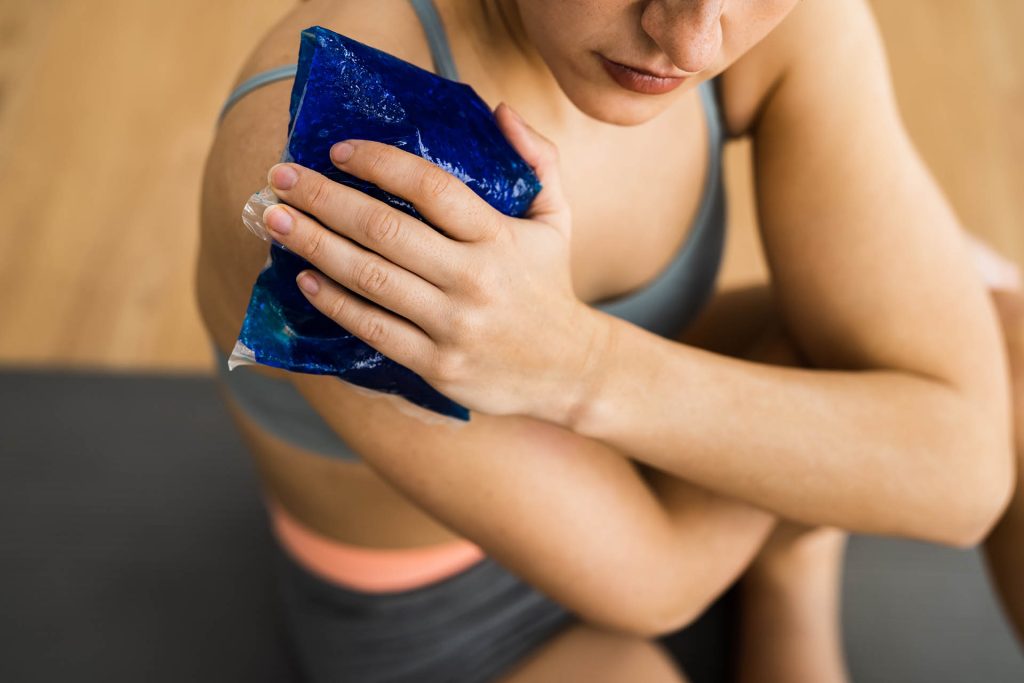
Sports injury treatment
If your sports injury is serious and doesn’t respond to RICE, it’s important to get treatment as soon as possible to prevent further complications.
Medications
If your injury presents with inflammation and pain, the doctor may prescribe non-steroidal anti-inflammatory medication to ease the pain and reduce swelling.
These pain relievers are usually recommended for short-term relief during the initial stages of recovery.
Surgery
While surgery is not always the first line of treatment for sports injuries, it becomes necessary when non-invasive methods are unsuccessful. Surgery is often ordered for more severe cases like the following.
- Severe fractures: If a bone is significantly fractured and misaligned, surgical intervention may be required to realign and stabilise it.
- Torn ligaments or tendons: In cases of severe tears, surgical repair may be necessary to restore optimal function.
- Joint injuries: Certain joint injuries, especially those that do not respond to conservative approaches, may require surgical treatment.
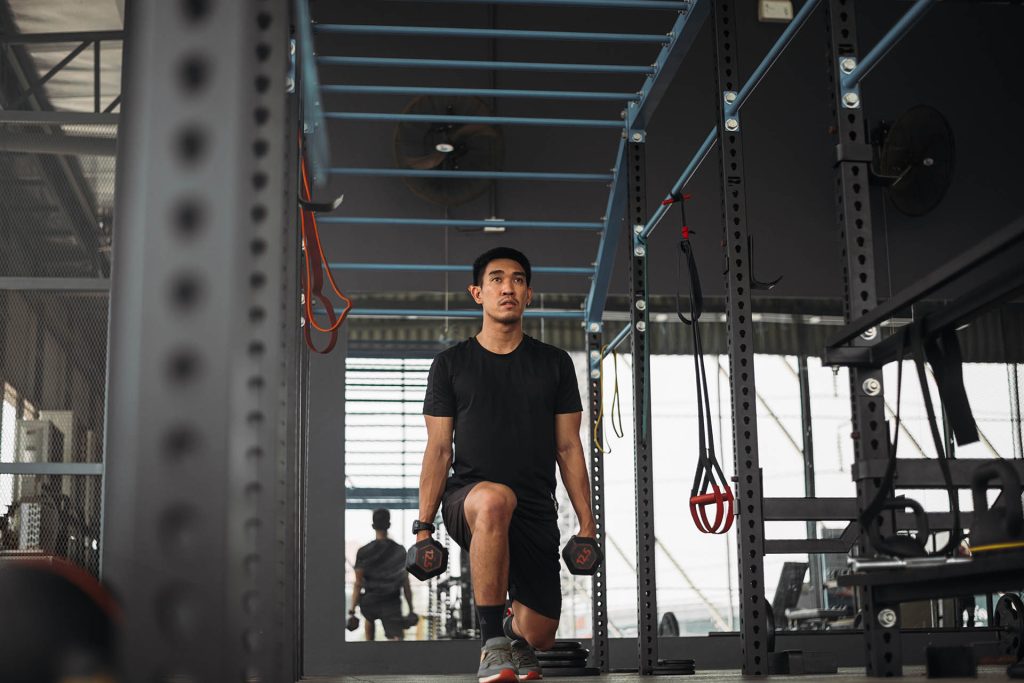
Sports injury rehabilitation
Rehabilitation is crucial to the recovery process for sports injuries, whether or not surgery is involved. Therapists design a tailored exercise programme consisting of targeted exercises aimed at restoring your strength, flexibility, and range of motion in the affected area.
The benefits of rehabilitation include the following.
- Prevent re-injury
- Restore functionality, strength and flexibility
- Improve psychological well-being
- Enhance performance
- Ensure long-term health and wellness
Key components of sports injury rehabilitation
Your doctor will diagnose your bunion through a thorough physical examination, medical history review, and, if necessary, imaging studies.
Range of motion and flexibility exercises
Gentle exercises improve joint mobility and flexibility, preventing stiffness and promoting a full range of motion.
Strengthening exercises
Targeted exercises aim to rebuild strength in the affected muscles, tendons, and ligaments.
Functional training
Activities that mimic real-life movements and sports-specific exercises are introduced to enhance functional strength and coordination.
Pain management
Techniques and therapies are employed to manage pain during rehabilitation.
Education and lifestyle modifications
Patients are educated on proper body mechanics, injury prevention strategies, and lifestyle adjustments to reduce the risk of future injuries.
Sports injury prevention
If you participate in sports, you may be interested in learning how to prevent sports injuries. Preventing them entails a combination of careful planning, technique, and lifestyle choices. Here are some tips for protecting yourself and lowering your risk of sports-related injuries.
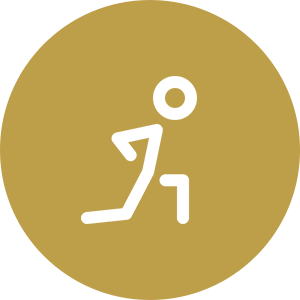
Warm-up and stretching
Always start with a thorough warm-up to increase blood flow and prepare muscles for activity. Incorporate dynamic stretching to improve flexibility and reduce the risk of strains.
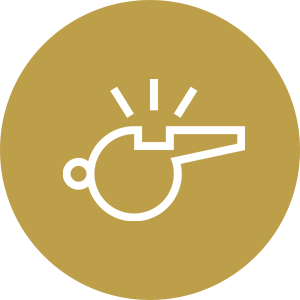
Proper technique
Learn and practise correct sports techniques to minimise the risk of overuse injuries and strains. Consider working with a trainer to ensure proper form.

Gradual progression
Gradually increase your activities' intensity, duration, and frequency to allow your body to adapt and reduce the risk of overuse injuries.

Conditioning
Incorporate strength training and conditioning exercises to build muscle strength and joint stability. Focus on core strength to provide overall stability.

Restorative practices
Incorporate restorative practices such as yoga or massage to enhance flexibility, reduce muscle tension, and improve overall recovery.
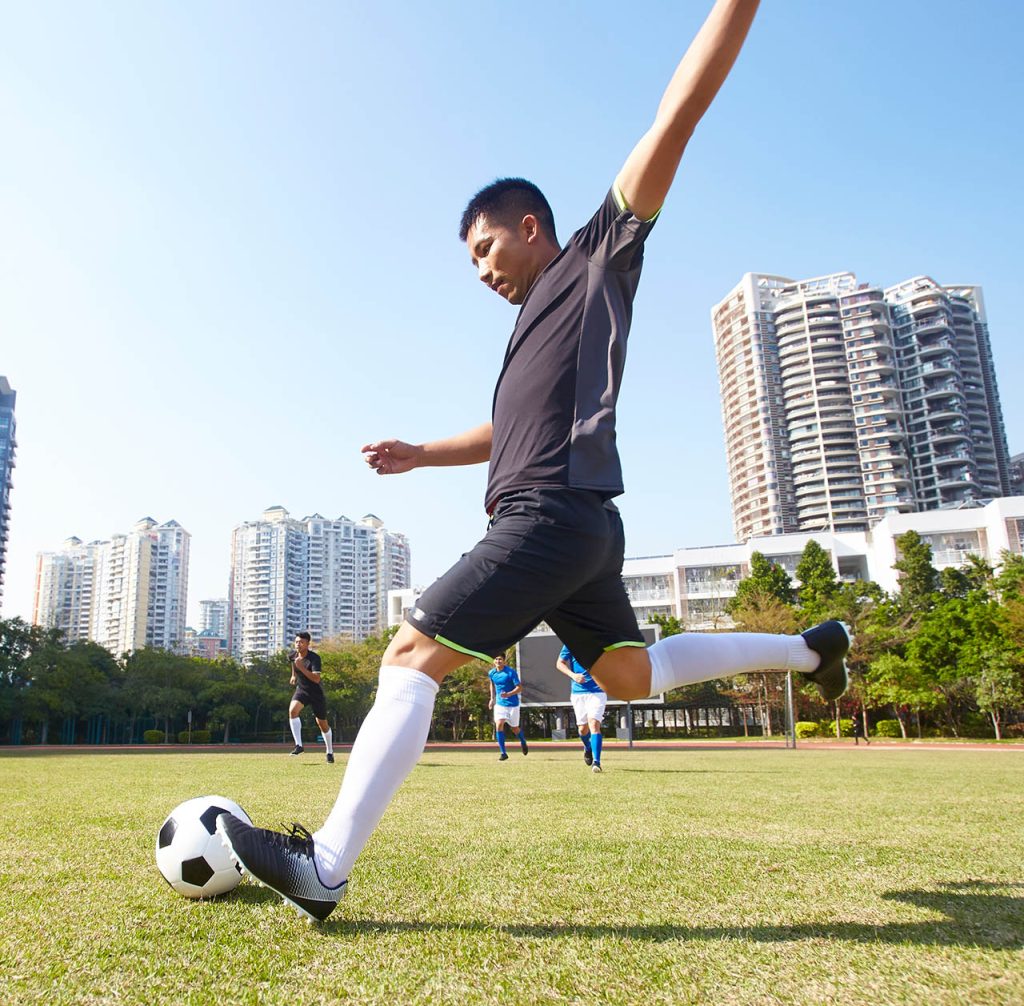
Sports injury specialist in Singapore
Sports injuries are common among physically active people, but they should not prevent you from participating in sports. There are treatments available to assist you in your recovery, and exercising precautions can keep you from getting hurt.
At Cove Orthopaedic Clinic, our sports injury specialist employ diagnostic tools and evidence-based treatments to address sports injuries effectively. The clinic’s multidisciplinary approach ensures comprehensive care, from accurate diagnosis to personalised rehabilitation plans.
To learn more about orthopaedics for sports injuries in Singapore, contact Cove Orthopaedic Clinic today.
Frequently Asked Questions
Sports that involve repetitive motions, sudden stops or starts, and physical contact carry a higher risk of injury. Common culprits include football, basketball, soccer, and running.
Sprains and strains are among the most prevalent sports injuries. These typically involve damage to ligaments (sprains) or muscles/tendons (strains) and can range from mild to severe.
Recovery time depends on the type and severity of your injury. Minor injuries may heal in a few weeks, while more complex cases may require months of rehabilitation.
In many cases, yes. We aim to facilitate a safe return to physical activities, working closely with you to ensure a gradual and sustainable comeback.
Conditions We Treat


